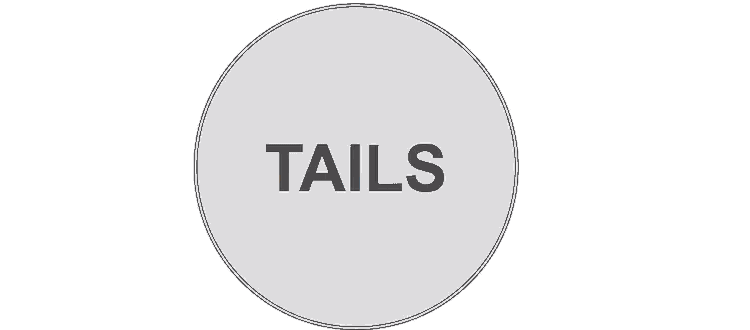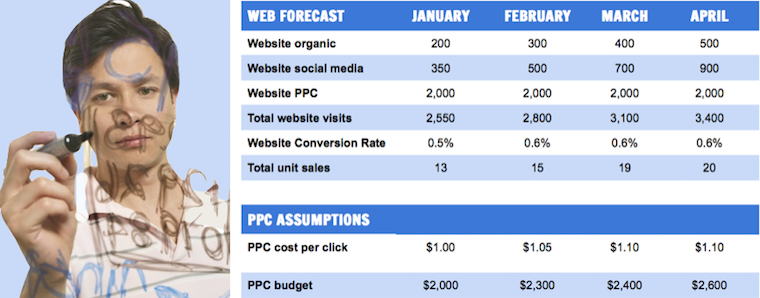Business planning expert Tim Berry, founder of Palo Alto Sofware and Bplans.com, recently addressed a conundrum people face when starting a new business or launching a new product: Without any existing data about the business or product, how can you forecast sales and profits without guessing?
Rule #1: You can’t guess.

Forecasting the viability of a new business or product requires relevant research, relevant experience and relevant benchmarking that goes beyond guessing. Using guesses and intuition provide odds worse than flipping a coin.
Forecast sales using relevant economic drivers
Example #1: To forecast an e-commerce business with no specific data, look for proxies that provide insight into such factors as the cost of traffic acquisition, the cost of converting traffic into a purchase or subscriber. In such scenarios, drivers of traffic would include search engine optimization (SEO) for organic traffic and pay-per-click (PPC) or other costs related to the cost of paid traffic. Here’s an example from Berry:

Source: BPlans.com | Graphic: SmallBusiness.com
Example #2: If you are forecasting sales of an actual physical product, going through retail stores, then you should take into account reasonable expectations for distributors, retail chain stores, number of stores carrying it over time, unit sales per store, etc. And you should be able to estimate the related expenses, such as stocking fees, co-promotion fees, and administration costs. You’d want to have a good understanding of how margins work as you sell your product to distributors and they sell to retail stores.
Example #3: If you are forecasting sales with a direct sales organization selling to larger companies, you should understand a direct sales sales force, reasonable expectations of leads, presentations, and closes per month per sales person, pipeline dynamics related to decision time, etc.
Use reasonable expectations and relevant estimates

You’re taking unreasonable risks if you don’t apply reasonable expectations to estimates for essentials like headcount, compensations per person, office space and logistics based on how many people and expected costs per square foot, infrastructure costs, and realistic marketing expenses.
(via: BPlans.com)
Photos: Think Stock
